A Class 2 hitch is a versatile and powerful option for hauling a variety of loads, from small boats and utility trailers to larger RVs and campers.
In this blog, we’ll explore the different types of vehicles and trailers that can be towed with a Class 2 hitch, as well as tips and best practices for safe and efficient towing.
So whether you’re a seasoned pro or new to the world of towing, grab a cup of coffee and let’s dive in!
What Can I Tow With A Class 2 Hitch?
With a Class 2 hitch, you can tow a small trailer, boat, or camper.
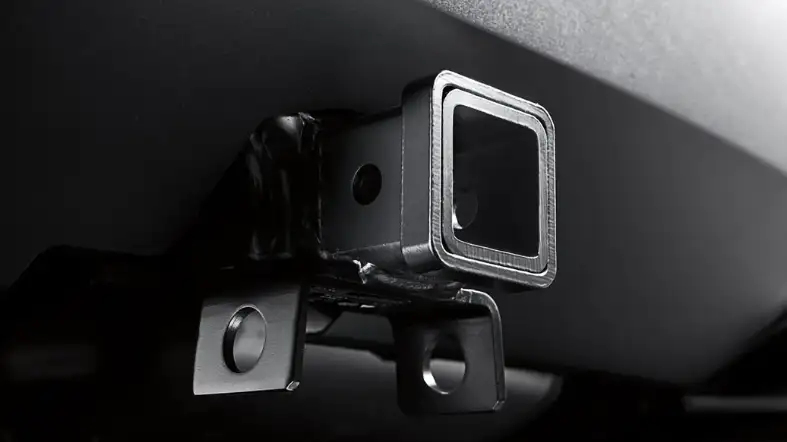
However, the weight of the trailer, boat, or camper must not exceed 3,500 pounds.
Here Are The Top 7 List Of Things That Can Be Towed Using A Class 2 Hitch:
- Utility Trailers
- Camping Trailers
- Boat Trailers
- ATV Trailers
- Snowmobile Trailers
- Bike Racks
- Cargo Carriers
Utility Trailers:
Utility trailers are popular for many reasons. They can be used to haul a variety of different items, including lawn equipment, landscaping materials, and even small vehicles. And you can tow them using a Class 2 hitch without any problems.
Camping Trailers:
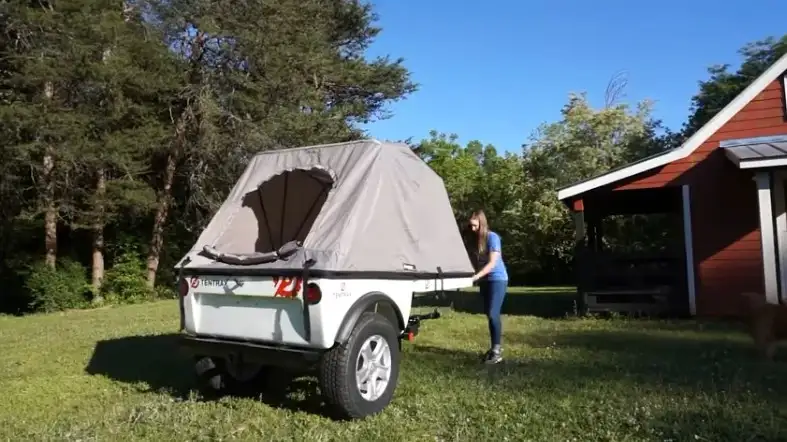
If you enjoy camping, then you know that a camping trailer can be a great asset.
They provide a comfortable place to sleep and store all of your gear, and they can be towed using a Class 2 hitch.
Just make sure that the trailer is not too heavy for your vehicle.
Boat Trailers:
Boat trailers come in all shapes and sizes, but most of them can be towed using a Class 2 hitch.
If you have a small boat, such as a canoe or kayak, then you will probably be able to tow it with this type of hitch.
But if you have a larger boat, you may need to upgrade to a Class 3 hitch.
ATV Trailers:
ATV trailers are great for hauling your ATV to the trails. And they can be towed using a Class 2 hitch, as long as they are not too heavy.
Just make sure that the trailer has good brakes and is designed for use with a Class 2 hitch.
Snowmobile Trailers:
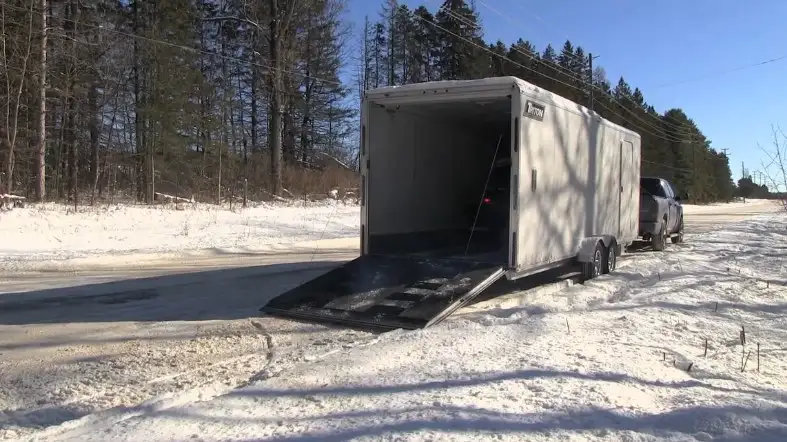
Snowmobile trailers are designed for hauling snowmobiles, and they can be towed using a Class 2 hitch.
Just make sure that the trailer is not too heavy and that it has good brakes.
Bike Racks:
If you want to haul bikes, then you will need a bike rack. And you can use a Class 2 hitch to tow a bike rack.
Just make sure that the rack is designed for use with a Class 2 hitch.
Cargo Carriers:
Cargo carriers are great for hauling extra gear, and they can be towed using a Class 2 hitch.
Just make sure that the carrier is not too heavy and that it is designed for use with a Class 2 hitch.
Can I Tow A Camper with A Class 2 Hitch?
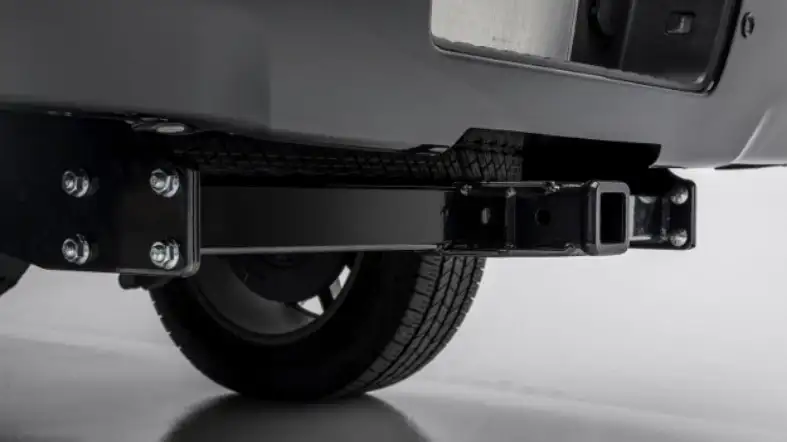
Yes, you can tow a camper with a Class 2 hitch.
However, the weight of the camper must not exceed 3,500 pounds. In addition, 350 pounds is the maximum tongue weight your car can handle.
To tow a camper with a Class 2 hitch, you will need a few things.
First, you will need a Class 2 hitch. You can either have one installed on your vehicle or purchase one separately.
Next, you will need a trailer brake controller. This is a device that helps to control the speed of the trailer when you are braking.
Without a trailer brake controller, it would be very difficult to stop the camper.
Finally, you will need a weight distribution system. This system helps to distribute the weight of the trailer evenly across the axles of your vehicle.
Without a weight distribution system, your vehicle would be unstable and could even tip over.
If you have all of the necessary equipment, you can tow a camper with a Class 2 hitch.
Just make sure that the weight of the camper does not exceed the maximum limit.
Benefits Of Towing With A Class 2 Hitch:
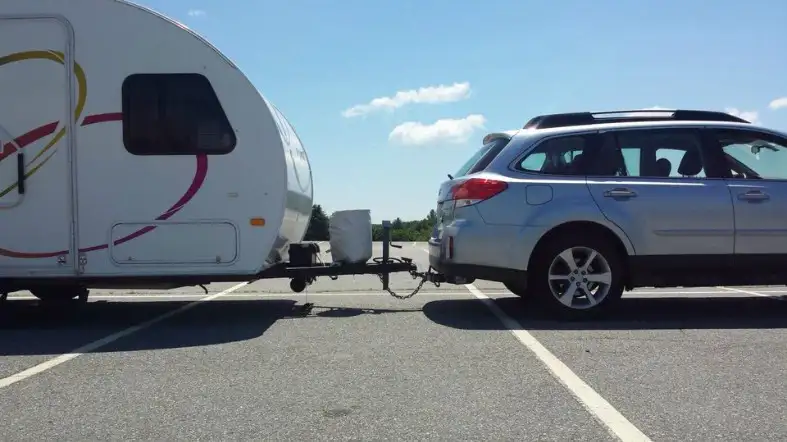
Towing with a Class 2 hitch offers several benefits for those who frequently haul trailers or other heavy loads.
Here are a few of the key benefits of using a Class 2 hitch for towing:
Increased towing capacity:
Class 2 hitches have a higher weight capacity than Class 1 hitches, typically ranging from 3,500 to 5,000 pounds.
This allows you to tow larger and heavier loads, such as small boats, ATVs, and even small travel trailers.
Better stability:
Class 2 hitches typically have a more robust design, with thicker steel and more reinforcement.
This means they are better equipped to handle the weight and stress of towing, which can improve stability and reduce the risk of accidents.
Improved visibility:
Many Class 2 hitches come with a built-in ball mount, which sits higher off the ground than a Class 1 hitch.
This can improve visibility when towing, especially when maneuvering in tight spaces or backing up.
Greater versatility:
Class 2 hitches are compatible with a wider range of trailer hitch accessories, such as weight distribution hitches, sway control systems and even brake controllers.
This allows you to customize your towing setup to suit your specific needs.
Easy installation:
Class 2 hitches are typically more straightforward to install than higher-class hitches.
They often come with a simple bolt-on design that can be completed with basic hand tools.
Overall, a Class 2 hitch offers a balance of power and stability for towing various small to medium-sized loads.
How to Install a Class 2 Hitch?
If you’re looking to install a hitch on your vehicle, a Class 2 hitch is a great option.
Class 2 hitches are relatively easy to install and can be done with a few basic tools.
Here’s how to install a Class 2 hitch:
Step 1: Remove any existing hitch from the vehicle
If there is already a hitch on the vehicle, it will need to be removed before the new one can be installed.
Use a wrench or socket set to remove the bolts that attach the hitch to the vehicle.
Once the bolts are removed, the hitch can be lifted off of the vehicle.
Step 2: Attach the new hitch to the vehicle
Line up the holes on the hitch with the holes on the vehicle.
Once they are lined up, insert the bolts and tighten them down. Be sure to use a wrench or socket set to ensure that they are tight.
Step 3: Install the trailer brake controller
The trailer brake controller is a device that helps to control the speed of the trailer when you are braking.
Without a trailer brake controller, it would be very difficult to stop the camper.
Most Class 2 hitches come with a bracket that can be used to mount the trailer brake controller.
Step 4: Install the weight distribution system
The weight distribution system helps to distribute the weight of the trailer evenly across the axles of your vehicle.
Without a weight distribution system, your vehicle would be unstable and could even tip over.
Most Class 2 hitches come with a bracket that can be used to mount the weight distribution system.
Step 5: Test the hitch before use.
Once everything is installed, it’s important to test the hitch to make sure it is working properly.
Hook up the trailer and try to pull it forward. If the hitch is properly installed, the trailer should move without any problems.
Also, be sure to test the brakes on the trailer to make sure they are working properly.
Overall, installing a Class 2 hitch is relatively easy and can be done with a few basic tools.
Be sure to follow the instructions that come with the hitch, and always test the hitch before use.
Safety Considerations When Towing With A Class 2 Hitch:
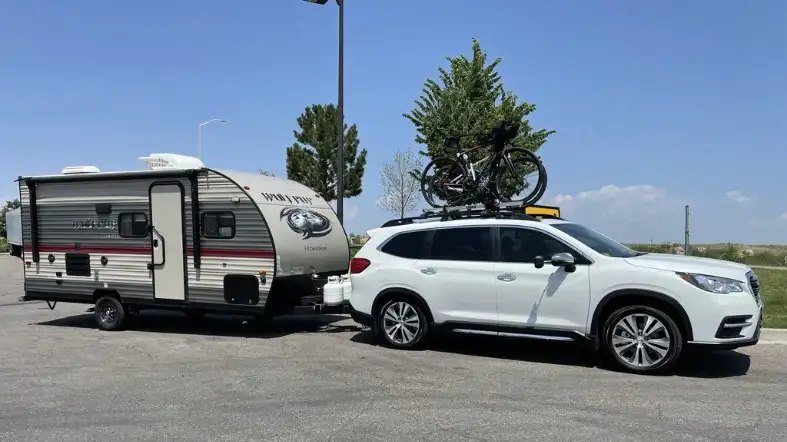
When towing with a Class 2 hitch, it is important to consider the weight of the trailer and ensure that it does not exceed the maximum weight capacity of the hitch.
It is also important to take into account the added length and weight of the trailer and make sure to give yourself extra space when braking and turning.
It is also important to properly distribute the weight of the load in the trailer to maintain proper balance and stability.
Another safety consideration when towing with a Class 2 hitch is to make sure that all of the lights on the trailer are functioning properly, including the brake lights, turn signals, and tail lights.
This will ensure that other drivers on the road are aware of your presence and can anticipate your movements.
Lastly, it is important to make sure that all safety chains are properly attached and tightened to prevent the trailer from becoming detached from the hitch in the event of failure.
Regularly checking the hitch, chains, and other towing equipment to ensure that they are in good condition is essential.
In summary, towing with a Class 2 hitch requires proper weight management, proper installation and attachment, proper lighting and braking, and proper safety chain usage to ensure the safety of all drivers on the road.
FAQs
How Much Weight Can A Class 2 Hitch Tow?
A Class 2 hitch can tow up to 3,500 pounds.
You need to keep in mind that the tongue weight must not exceed 350 pounds.
So, the total weight of the trailer, boat, or camper cannot exceed 3,850 pounds.
Can I Use A Class 2 Hitch To Transport My Belongings?
Yes, you can use a Class 2 hitch to transport your belongings.
However, there are a few things you need to keep in mind when using a hitch cargo carrier.
How Much Weight Can A Class 2 Hitch Cargo Carrier Safely Hold?
A Class 2 hitch cargo carrier can safely hold up to 200 pounds of cargo.
This includes the weight of the carrier itself and any cargo that you load onto it.
So, if the carrier itself weighs 50 pounds, you can load 150 pounds of cargo onto it.
Is A Class 2 Hitch Suitable For Towing A Camping Trailer?
It depends on the weight and size of the camping trailer.
A Class 2 hitch is rated for a weight capacity of 3,500 pounds, so it may be suitable for smaller camping trailers, but not for larger ones.
It’s always important to check the weight and tongue weight capacity of the hitch and the trailer to ensure that they are compatible.
Can I Tow A Boat With A Class 2 Hitch?
Yes, you can tow a boat with a Class 2 hitch, as long as the weight and tongue weight capacity of the hitch and the boat trailer are compatible.
Always check the weight and tongue weight capacity of the hitch and the trailer to ensure that they are compatible.
What Types Of Trailers Can I Tow With A Class 2 Hitch?
You can tow a variety of trailers with a Class 2 hitch, including utility trailers, boat trailers, small travel trailers, and even some small horse trailers.
However, it’s important to always check the weight and tongue weight capacity of the hitch and the trailer to ensure that they are compatible.
Conclusion
Now you know the answer to the question, “What can I tow with a Class 2 hitch?”
There are many things that you can tow using this type of hitch, including utility trailers, camping trailers, boat trailers, ATV trailers, snowmobile trailers, bike racks, and cargo carriers.
Just make sure that the item you are towing is not too heavy and that it is designed for use with a Class 2 hitch.
